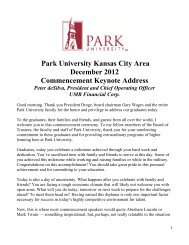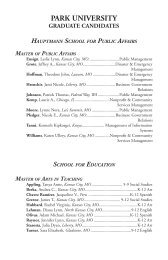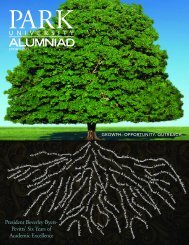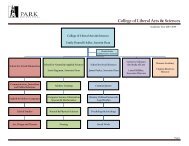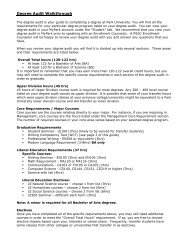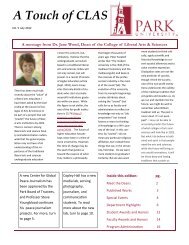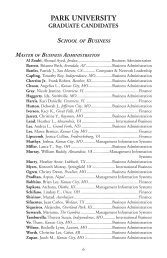How to Write a Radio Serial Drama for Social Development- PDF
How to Write a Radio Serial Drama for Social Development- PDF
How to Write a Radio Serial Drama for Social Development- PDF
Create successful ePaper yourself
Turn your PDF publications into a flip-book with our unique Google optimized e-Paper software.
Chapter Two: Writing Begins: The <strong>Write</strong>r’s Brief 17<br />
The finished design document also lists the names of the members of the<br />
design team and all those in authority (at various ministries and<br />
organizations) who gave their support or assistance during the design phase.<br />
Ideally, the writers—who are members of the design team—should be<br />
given copies of the entire design document when it is complete. It is essential<br />
that they be given all but the promotion and moni<strong>to</strong>ring and evaluation<br />
plans as a <strong>Write</strong>r's Brief be<strong>for</strong>e they start any script writing, including<br />
preparation of pilot programs.<br />
2<br />
Contents of the <strong>Write</strong>r's Brief<br />
The <strong>Write</strong>r's Brief must include all the following in<strong>for</strong>mation:<br />
1. Rationale <strong>for</strong> the desired change in behavior. For all social development<br />
programs, whether nontechnical or technical knowledge programs, the<br />
writer must begin with a clear understanding of the type of behavior<br />
change the serial hopes <strong>to</strong> motivate in the listening audience and the<br />
reasons that this change is considered important.<br />
2. Audience in<strong>for</strong>mation. The brief should supply two types of<br />
in<strong>for</strong>mation about the intended audience. Initial research provides<br />
reliable in<strong>for</strong>mation on the audience's current understanding of and<br />
attitudes <strong>to</strong>ward the desired new behavior, on their willingness and<br />
ability <strong>to</strong> adopt it, and on personal characteristics. It may also provide<br />
in<strong>for</strong>mation on current social norms. This in<strong>for</strong>mation comes from<br />
qualitative research and/or a baseline survey conducted by trained<br />
researchers during the analysis phase of the project.<br />
The second type of in<strong>for</strong>mation is the audience profile, which<br />
provides a wider range of facts about the audience's lifestyle. Where<br />
possible, writers should compile these profiles themselves, perhaps in<br />
collaboration with a trained researcher. In some countries, much of this<br />
in<strong>for</strong>mation already may have been compiled <strong>for</strong> previous projects, and<br />
such materials certainly should be made available <strong>to</strong> the writer although<br />
they can never replace the writer's firsthand knowledge of the audience.<br />
The point of these profiles is not so much <strong>to</strong> collect hard data as <strong>for</strong><br />
writers <strong>to</strong> gain a personal sense of, or feeling <strong>for</strong>, the audience members;<br />
this will ensure that the serial truly is <strong>for</strong> and about them. While the full<br />
list of characteristics in the profile depends on the nature of the<br />
community and its culture as well as the <strong>to</strong>pic and overall objectives of<br />
the serial, an audience profile typically includes in<strong>for</strong>mation on:<br />
• Language, including dialect, commonly used expressions, and<br />
proverbs;<br />
• Levels of education <strong>for</strong> women and men and attitudes <strong>to</strong>ward<br />
education;<br />
• Typical occupations <strong>for</strong> women and men;<br />
• Average number of children per family;<br />
• Economic status;<br />
• Cultural background;<br />
• Cus<strong>to</strong>ms and strength of adherence <strong>to</strong> traditional behavior;




